Home>Furniture & Design>Interior Design Trends>What Temperature Can Pyrex Glass Withstand
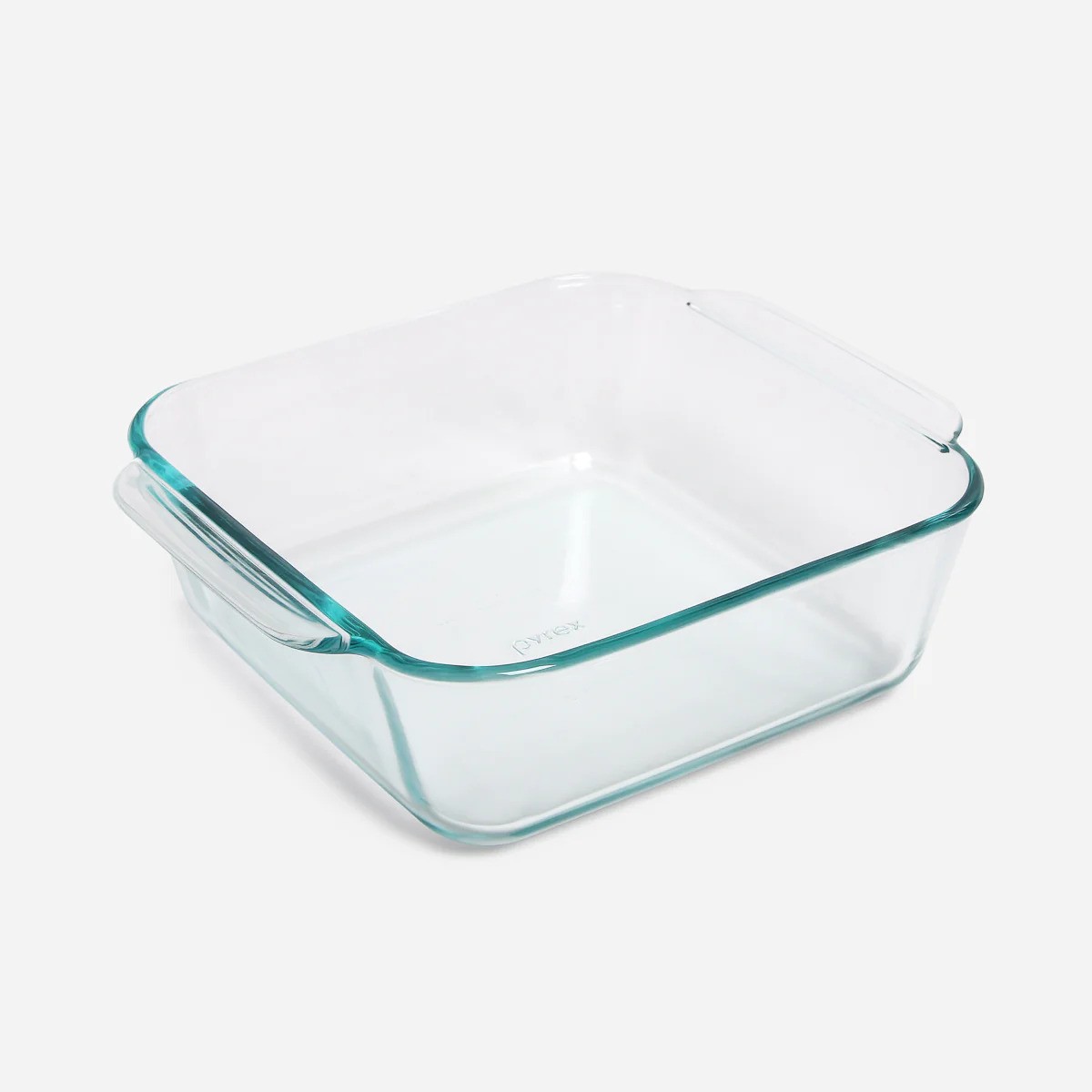

Interior Design Trends
What Temperature Can Pyrex Glass Withstand
Modified: October 20, 2024
Discover the interior design trends for Pyrex glassware and learn about the temperature limits it can withstand. Stay updated with the latest in interior design and Pyrex glass technology.
(Many of the links in this article redirect to a specific reviewed product. Your purchase of these products through affiliate links helps to generate commission for Storables.com, at no extra cost. Learn more)
Introduction
Pyrex glass has long been a staple in kitchens and laboratories due to its exceptional durability and heat resistance. From baking dishes to scientific equipment, Pyrex glass is renowned for its ability to withstand high temperatures without compromising its structural integrity. Understanding the temperature limits of Pyrex glass is crucial for ensuring its safe and effective use in various applications.
In this comprehensive guide, we will delve into the temperature resistance of Pyrex glass, explore the factors that influence its ability to withstand heat, and provide practical insights for utilizing Pyrex glassware in high-temperature environments. Whether you're an avid home cook, a laboratory technician, or simply curious about the capabilities of Pyrex glass, this article will equip you with valuable knowledge to make informed decisions when working with this versatile material.
Let's embark on a journey to unravel the fascinating world of Pyrex glass and gain a deeper appreciation for its remarkable thermal properties.
Key Takeaways:
- Pyrex glass can withstand high temperatures up to 450°F, making it perfect for baking and laboratory use. Its unique composition and manufacturing processes ensure durability and safety in diverse applications.
- To keep Pyrex glass safe at high temperatures, avoid sudden temperature changes, handle with care, and use gentle cleaning methods. By following these practices, you can maximize the longevity and performance of Pyrex glassware.
Read more: What Temperature Can Brick Withstand
Understanding Pyrex Glass
Pyrex glass, a borosilicate glass developed by Corning Inc., has gained widespread recognition for its exceptional strength and resistance to thermal shock. Unlike traditional soda-lime glass, Pyrex glass is formulated with boron trioxide, which imparts remarkable thermal properties to the material. This unique composition enables Pyrex glass to withstand rapid temperature changes without shattering, making it an ideal choice for a diverse range of applications.
One of the defining characteristics of Pyrex glass is its low coefficient of thermal expansion. This means that when exposed to heat, Pyrex glass expands less compared to standard glass, reducing the risk of cracking or breakage. This property is particularly advantageous in kitchenware, where sudden temperature differentials are common during cooking and baking processes.
In addition to its superior thermal resilience, Pyrex glass exhibits excellent chemical resistance, making it suitable for use with a wide array of substances, including acids, bases, and organic solvents. This versatility has led to the widespread adoption of Pyrex glass in laboratory settings, where it is utilized for containing and analyzing various chemical compounds.
Furthermore, Pyrex glass is renowned for its transparency and clarity, allowing for easy visual monitoring of contents. This attribute is invaluable in both culinary and scientific contexts, where visual observation of reactions, color changes, and food preparation is essential.
The durability and longevity of Pyrex glass products have cemented their status as indispensable tools in kitchens and laboratories worldwide. Whether it's a baking dish, laboratory beaker, or measuring cup, Pyrex glass continues to be a trusted companion for professionals and enthusiasts alike.
In the next section, we will delve into the temperature resistance of Pyrex glass, shedding light on the specific heat thresholds that this remarkable material can endure.
Temperature Resistance of Pyrex Glass
Pyrex glass is renowned for its exceptional ability to withstand high temperatures, making it a versatile and reliable material for a wide range of applications. The thermal resilience of Pyrex glass is attributed to its unique composition, which includes boron trioxide, a key component that enhances its heat resistance. This distinctive formulation enables Pyrex glass to maintain its structural integrity even when exposed to extreme temperatures, setting it apart from conventional glass materials.
The temperature resistance of Pyrex glass is particularly noteworthy in the context of cooking and baking. Pyrex bakeware, such as casserole dishes, pie plates, and baking pans, is designed to endure oven temperatures well beyond those typically used in home kitchens. With the ability to withstand temperatures up to 450°F (232°C) or higher, Pyrex glass baking dishes offer a reliable and safe option for preparing a wide variety of culinary creations. This heat resistance allows for seamless transitions from freezer to oven, making Pyrex glass an ideal choice for storing, reheating, and serving food without the risk of thermal shock.
In laboratory settings, Pyrex glassware demonstrates impressive temperature resistance, enabling it to withstand the rigors of scientific experimentation. Beakers, flasks, test tubes, and other laboratory glassware made from Pyrex glass can endure elevated temperatures during processes such as sterilization, distillation, and chemical reactions. This capability is essential for ensuring the integrity of experimental procedures and the safety of laboratory personnel.
The temperature resistance of Pyrex glass extends beyond conventional cooking and laboratory applications. It also plays a crucial role in the manufacturing of specialized glass products, such as glass tubing and glass components for industrial equipment. The ability of Pyrex glass to withstand high temperatures makes it an invaluable material in industries where thermal stability is a critical requirement.
In summary, the temperature resistance of Pyrex glass is a defining characteristic that underpins its widespread utility in diverse environments. Whether in the kitchen, laboratory, or industrial settings, Pyrex glass stands as a testament to the remarkable fusion of durability and heat resistance. Understanding the temperature limits of Pyrex glass empowers individuals to leverage its exceptional properties with confidence, paving the way for innovative culinary creations, groundbreaking scientific discoveries, and reliable industrial solutions.
Factors Affecting Pyrex Glass Temperature Resistance
The temperature resistance of Pyrex glass is influenced by a multitude of factors that collectively contribute to its exceptional ability to withstand high thermal loads. Understanding these factors is crucial for gaining insight into the nuanced properties of Pyrex glass and its performance under varying temperature conditions.
1. Boron Trioxide Content:
The presence of boron trioxide in the composition of Pyrex glass is a primary factor influencing its temperature resistance. Boron trioxide imparts unique thermal properties to the glass, reducing its coefficient of thermal expansion and enhancing its ability to endure rapid temperature changes without fracturing. This characteristic sets Pyrex glass apart from conventional soda-lime glass, making it an ideal choice for applications requiring resilience to thermal stress.
Read more: What Is Pyrex Glass
2. Uniformity of Composition:
The uniform distribution of boron trioxide and other components within the glass matrix is essential for ensuring consistent temperature resistance across Pyrex glass products. A homogeneous composition minimizes the risk of localized stress concentrations during temperature fluctuations, thereby enhancing the overall thermal stability of the material.
3. Manufacturing Processes:
The precision and control employed during the manufacturing of Pyrex glass play a pivotal role in determining its temperature resistance. Stringent production standards, including controlled cooling processes and annealing, are instrumental in optimizing the thermal properties of Pyrex glass, ensuring that it meets stringent performance criteria across a wide range of temperatures.
4. Glass Thickness and Design:
The thickness and design of Pyrex glassware also impact its temperature resistance. Thicker glass constructions exhibit greater thermal inertia, allowing them to dissipate heat more effectively and withstand higher temperatures. Furthermore, the design of Pyrex glass products, such as reinforced rims and handles, can enhance their resistance to thermal shock and mechanical stress, contributing to their overall durability in high-temperature environments.
5. Surface Treatments and Coatings:
Certain surface treatments and coatings can further augment the temperature resistance of Pyrex glass. Protective coatings, such as heat-resistant films or glazes, can provide an additional layer of thermal insulation, safeguarding the glass against extreme temperatures and chemical exposure in specialized applications.
By considering these factors, manufacturers and end-users can make informed decisions regarding the selection, design, and utilization of Pyrex glass products in environments where temperature resistance is paramount. The intricate interplay of composition, manufacturing techniques, and design considerations underscores the remarkable adaptability of Pyrex glass in withstanding thermal challenges across diverse industries and applications.
Read more: How Much Wind Can An Awning Withstand
Safe Practices for Using Pyrex Glass at High Temperatures
When utilizing Pyrex glassware in high-temperature environments, it is essential to adhere to safe practices to ensure the longevity and performance of the glass. By following these guidelines, individuals can mitigate the risk of thermal stress and maintain the integrity of Pyrex glass products under elevated temperature conditions.
1. Gradual Temperature Transitions:
Avoid subjecting Pyrex glassware to sudden and extreme temperature differentials. When transferring Pyrex glass from the freezer to a preheated oven or vice versa, allow for gradual temperature transitions to minimize thermal shock. Placing Pyrex glass on a room-temperature surface before exposure to extreme heat or cold can help mitigate the impact of rapid temperature changes.
2. Preheating and Preparing Pyrex Glass:
When preheating Pyrex glass baking dishes or cookware, it is advisable to place them in a preheated oven to gradually acclimate to the rising temperature. This practice reduces the likelihood of thermal stress and promotes uniform heat distribution within the glass. Additionally, avoid exposing Pyrex glass to direct heat sources, such as open flames or stovetop elements, to prevent localized hotspots that may compromise its structural integrity.
3. Avoiding Abrupt Cooling:
After removing Pyrex glassware from the oven or other high-temperature environments, refrain from placing it directly on cold or wet surfaces. Abrupt cooling can induce thermal shock, leading to potential fractures or breakage. Instead, place the hot Pyrex glass on a designated heat-resistant trivet or a dry cloth to allow for gradual cooling.
Read more: What Temperature Can Mums Tolerate
4. Handling with Care:
Exercise caution when handling hot Pyrex glassware to prevent accidental impacts or sudden temperature changes. Use appropriate oven mitts or insulated gloves to safeguard against burns and ensure a secure grip when transporting hot Pyrex glass. Additionally, avoid exposing Pyrex glass to sudden drafts or temperature differentials, as these environmental factors can contribute to thermal stress.
5. Cleaning and Maintenance:
When cleaning Pyrex glass after high-temperature use, allow it to cool to a safe handling temperature before washing. Use gentle cleaning agents and avoid exposing hot Pyrex glass to cold water or abrasive materials, as this can compromise its thermal resilience. Inspect Pyrex glassware regularly for any signs of damage or wear, and refrain from using products with visible cracks or chips at high temperatures.
By incorporating these safe practices into the handling and care of Pyrex glass at high temperatures, individuals can optimize the performance and longevity of this resilient material. Whether in the kitchen, laboratory, or industrial settings, prioritizing safe usage practices ensures that Pyrex glass continues to deliver exceptional thermal resistance and reliability in the face of demanding temperature conditions.
Conclusion
In conclusion, the temperature resistance of Pyrex glass stands as a testament to the remarkable fusion of scientific ingenuity and practical utility. With its unique composition, including boron trioxide and precise manufacturing processes, Pyrex glass exhibits exceptional resilience to high temperatures, making it an indispensable material in diverse settings.
From the kitchen to the laboratory and industrial applications, Pyrex glass has proven its mettle in withstanding thermal challenges while maintaining its structural integrity. The ability of Pyrex glass to endure temperatures up to 450°F (232°C) or higher has revolutionized culinary practices, enabling seamless transitions from freezer to oven and facilitating the creation of delectable dishes with ease and confidence.
In laboratory environments, Pyrex glassware serves as a stalwart companion for scientists and researchers, providing a reliable platform for conducting experiments, analyzing chemical compounds, and enduring the rigors of sterilization and distillation processes. Its transparency, chemical resistance, and thermal stability make Pyrex glass an indispensable tool for advancing scientific endeavors across various disciplines.
Moreover, the temperature resistance of Pyrex glass extends to industrial applications, where its ability to withstand high thermal loads contributes to the manufacturing of specialized glass products and components. Whether in glass tubing for industrial equipment or custom-designed solutions, Pyrex glass continues to play a pivotal role in ensuring operational reliability and safety in demanding industrial environments.
By understanding the factors that influence Pyrex glass temperature resistance and adhering to safe usage practices, individuals can harness the full potential of this exceptional material, unlocking new possibilities in culinary innovation, scientific exploration, and industrial advancements.
As we reflect on the enduring legacy of Pyrex glass, it becomes evident that its temperature resistance is not merely a technical attribute but a symbol of resilience, adaptability, and unwavering performance. The journey of Pyrex glass from laboratories to kitchens and industrial facilities exemplifies the convergence of scientific innovation and practical utility, shaping the way we approach high-temperature applications with confidence and creativity.
In essence, the temperature resistance of Pyrex glass transcends its physical properties, embodying a legacy of reliability, innovation, and enduring value. As we continue to embrace the versatility and resilience of Pyrex glass, we embark on a journey of exploration and discovery, where the boundaries of high-temperature applications are redefined, and new possibilities emerge at the intersection of science, craftsmanship, and ingenuity.
Frequently Asked Questions about What Temperature Can Pyrex Glass Withstand
Was this page helpful?
At Storables.com, we guarantee accurate and reliable information. Our content, validated by Expert Board Contributors, is crafted following stringent Editorial Policies. We're committed to providing you with well-researched, expert-backed insights for all your informational needs.

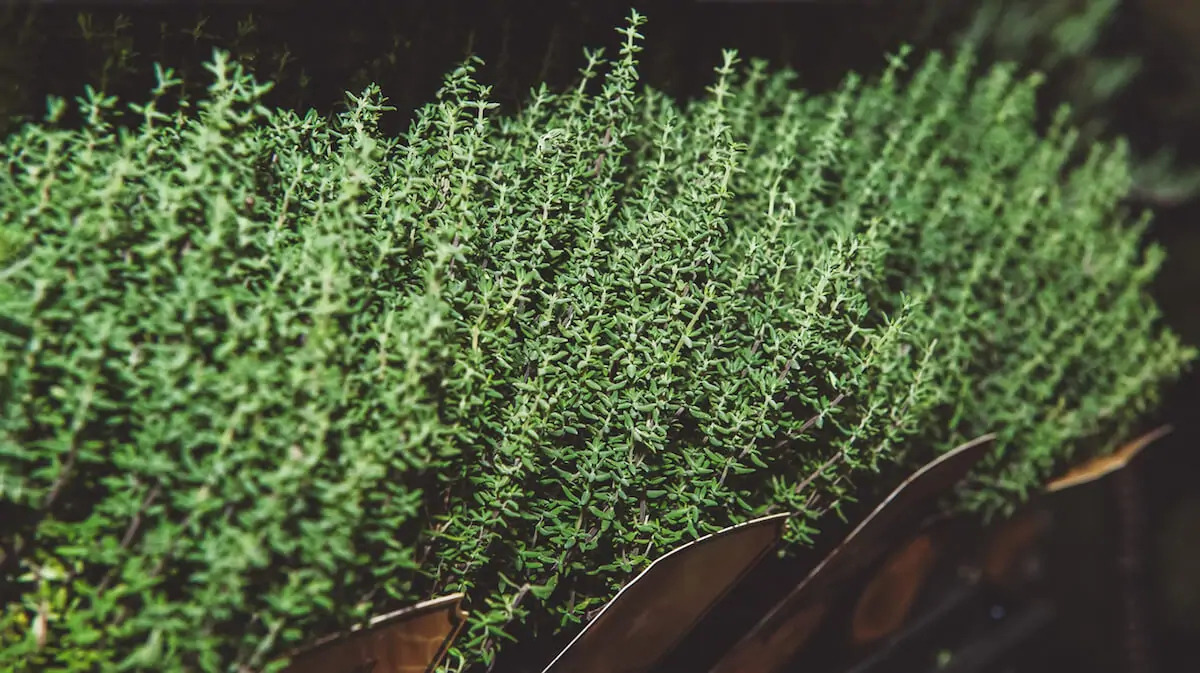
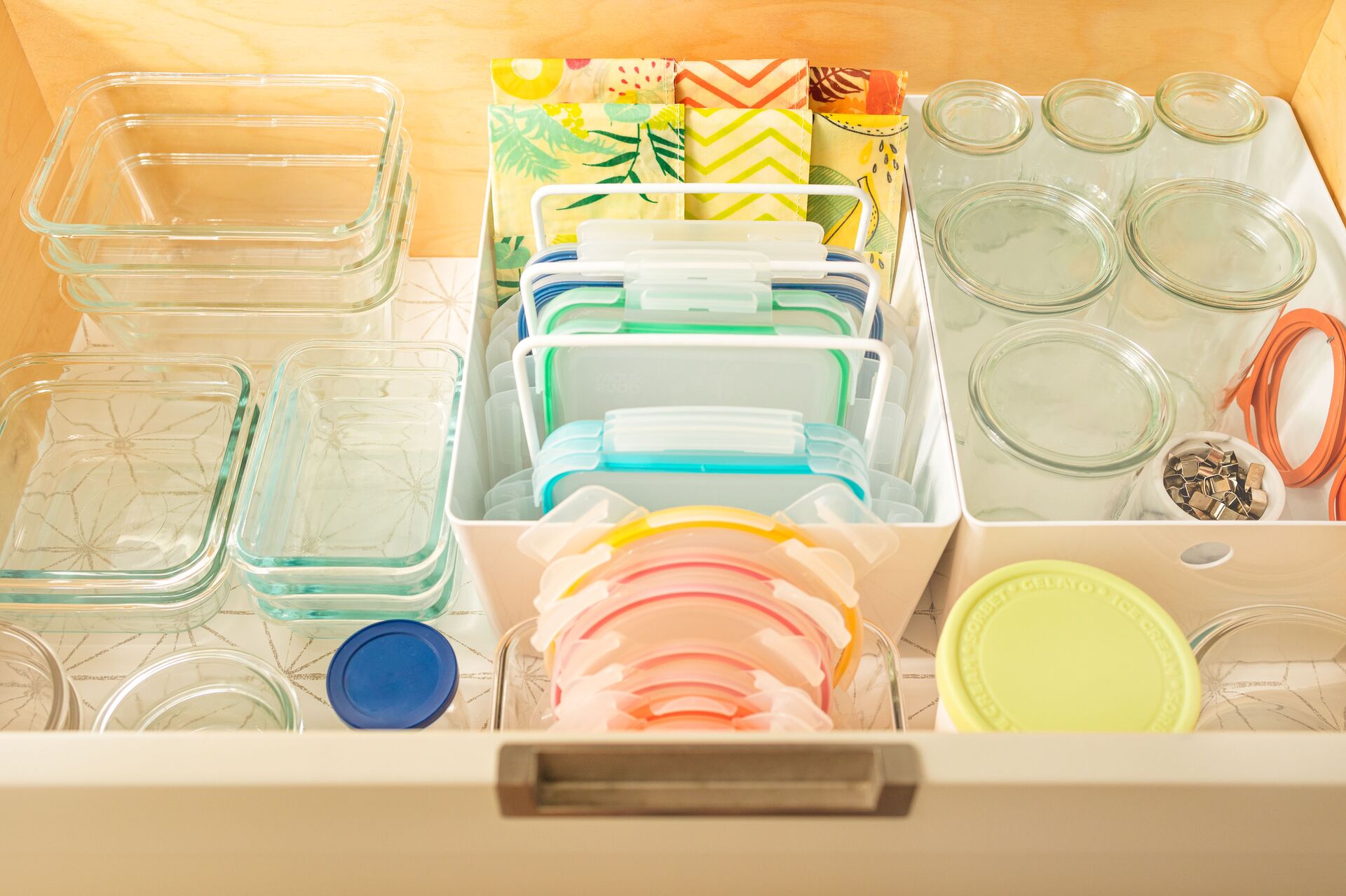
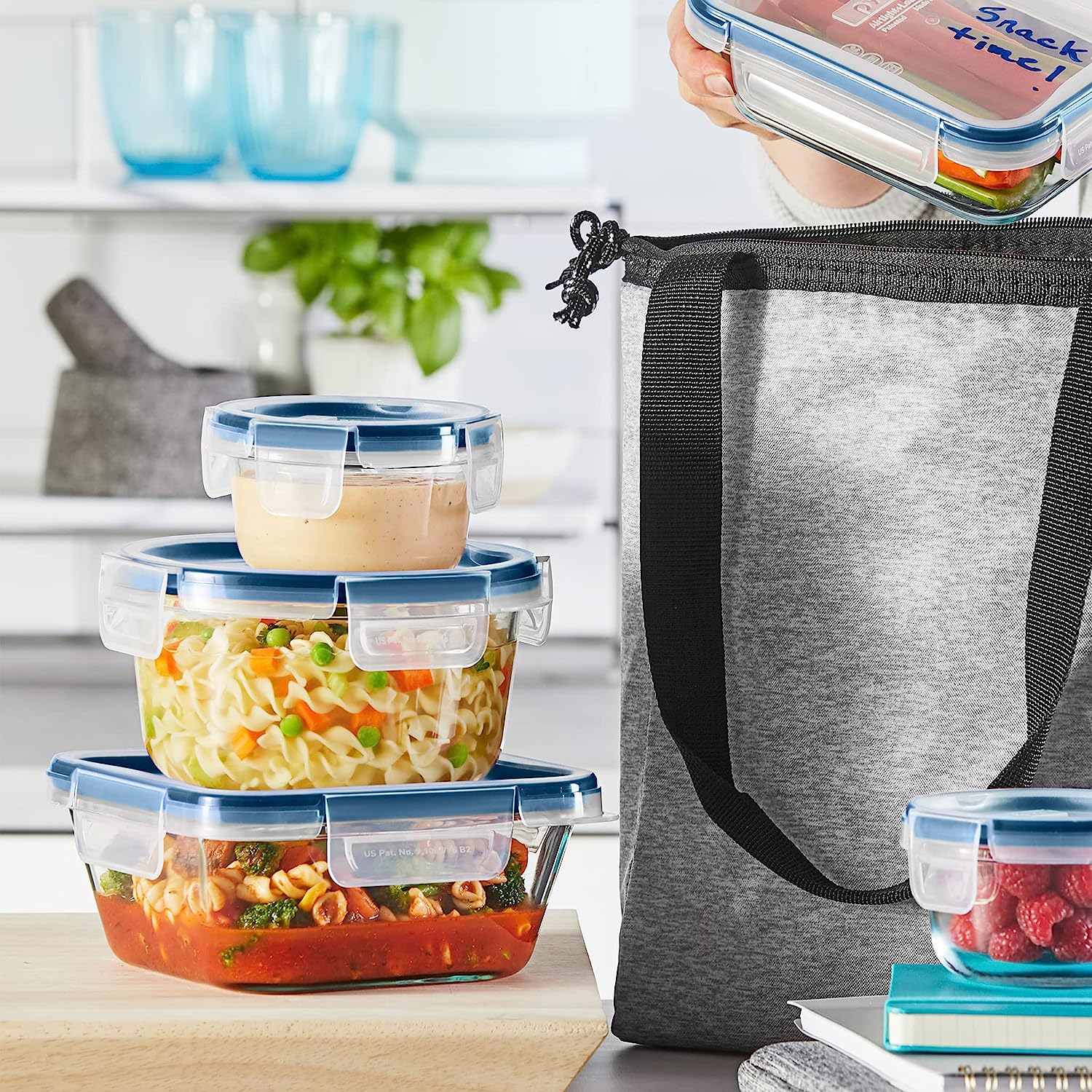
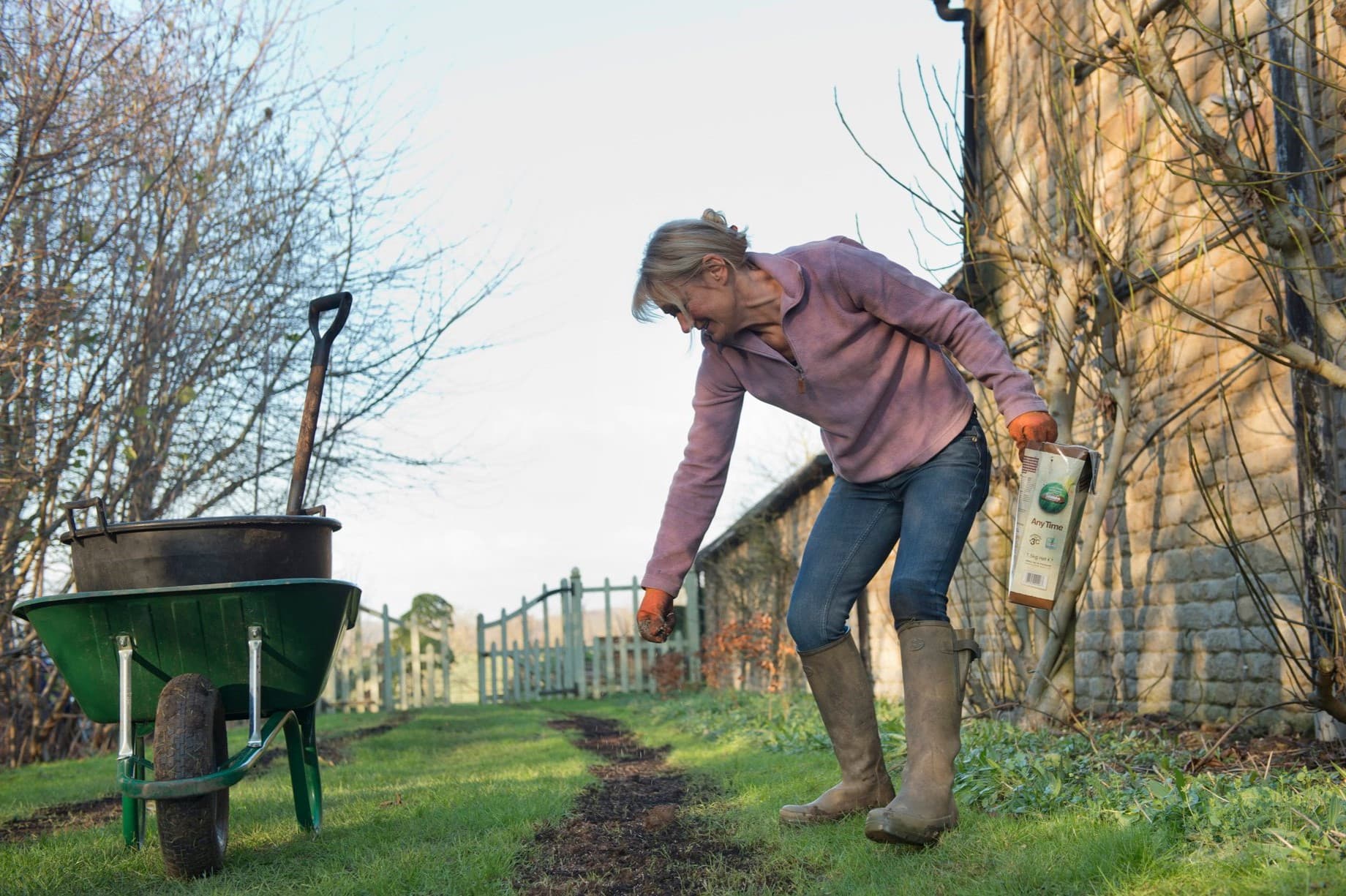

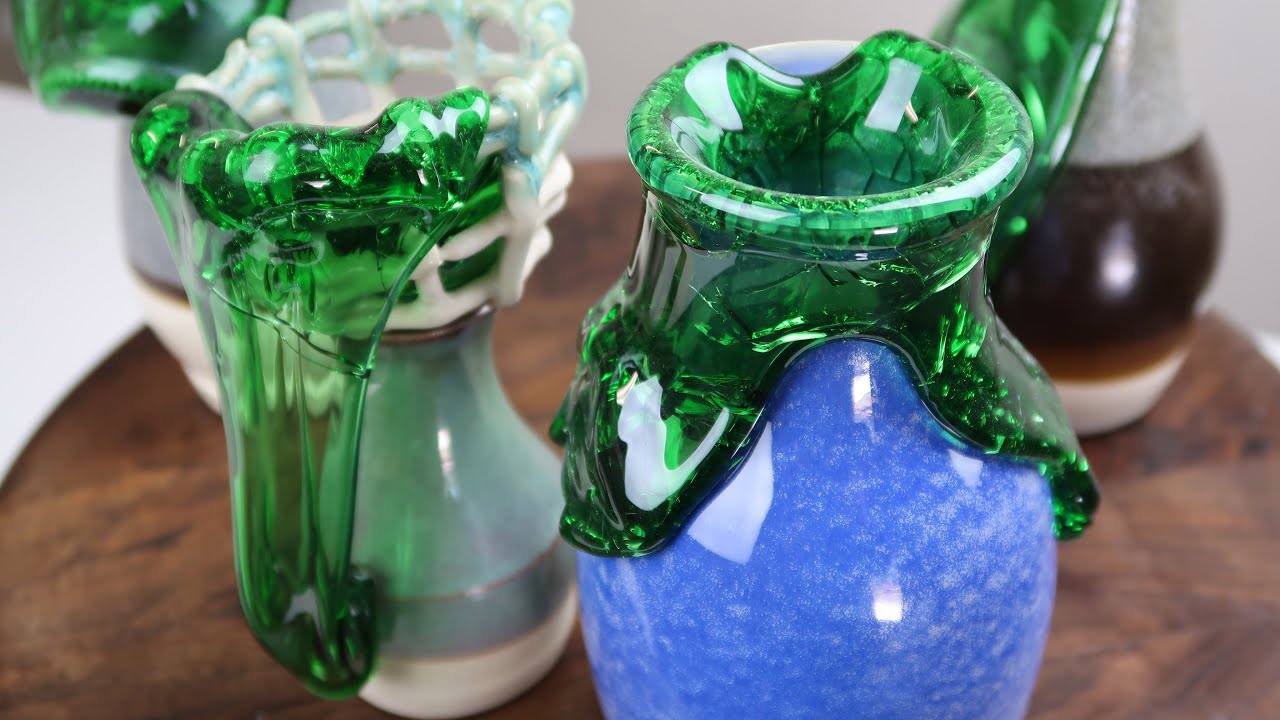
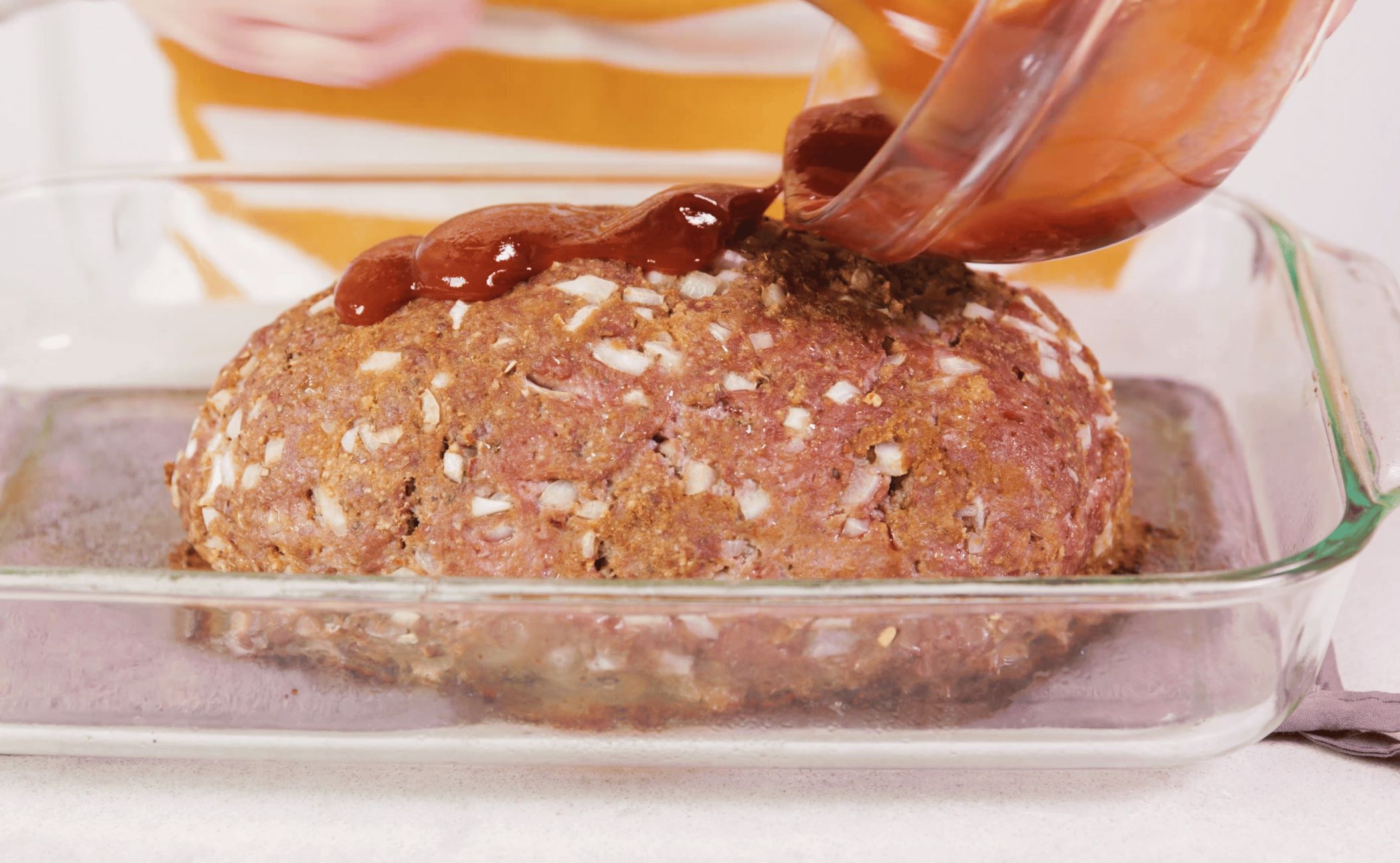
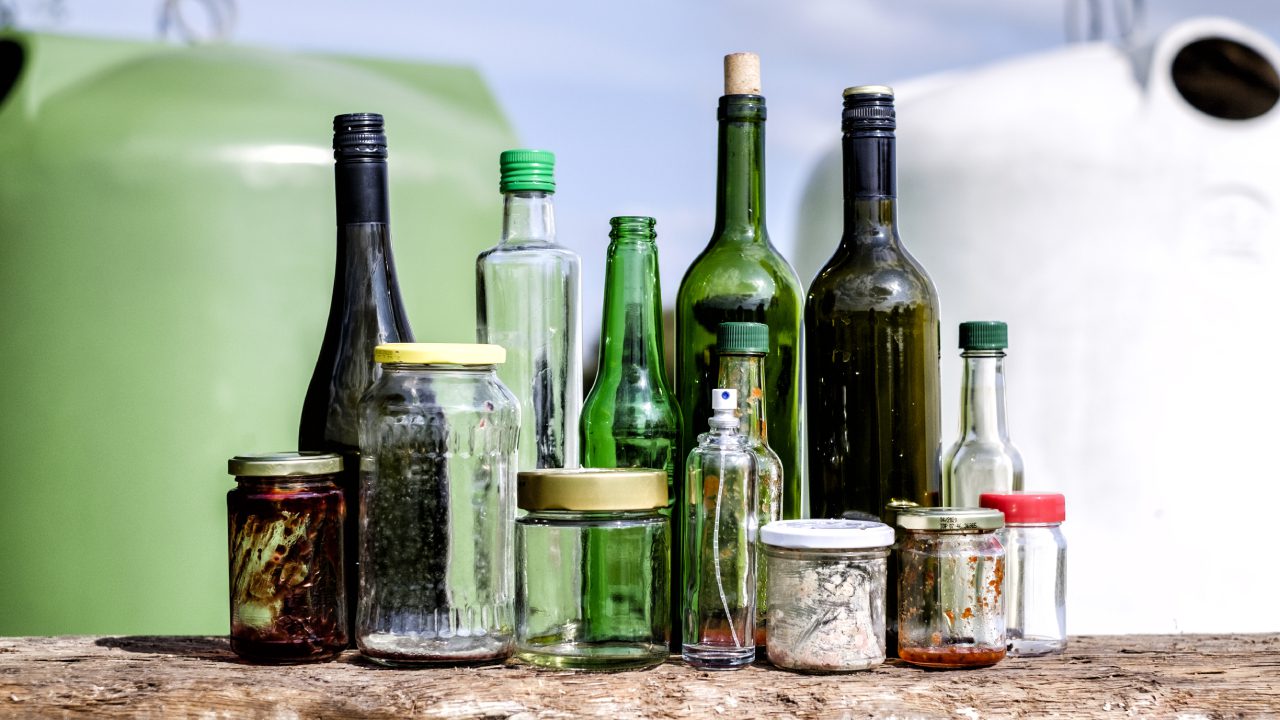
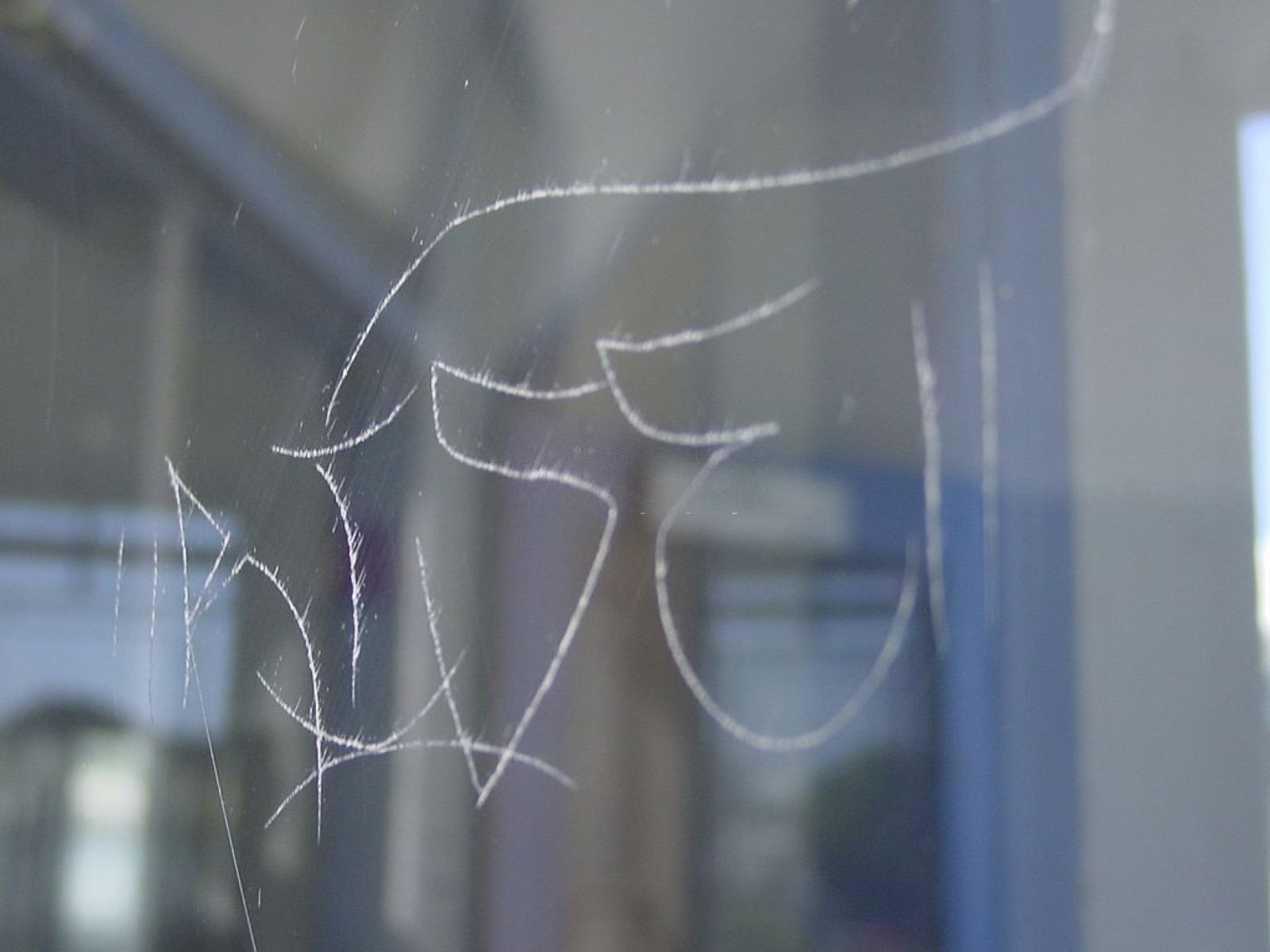

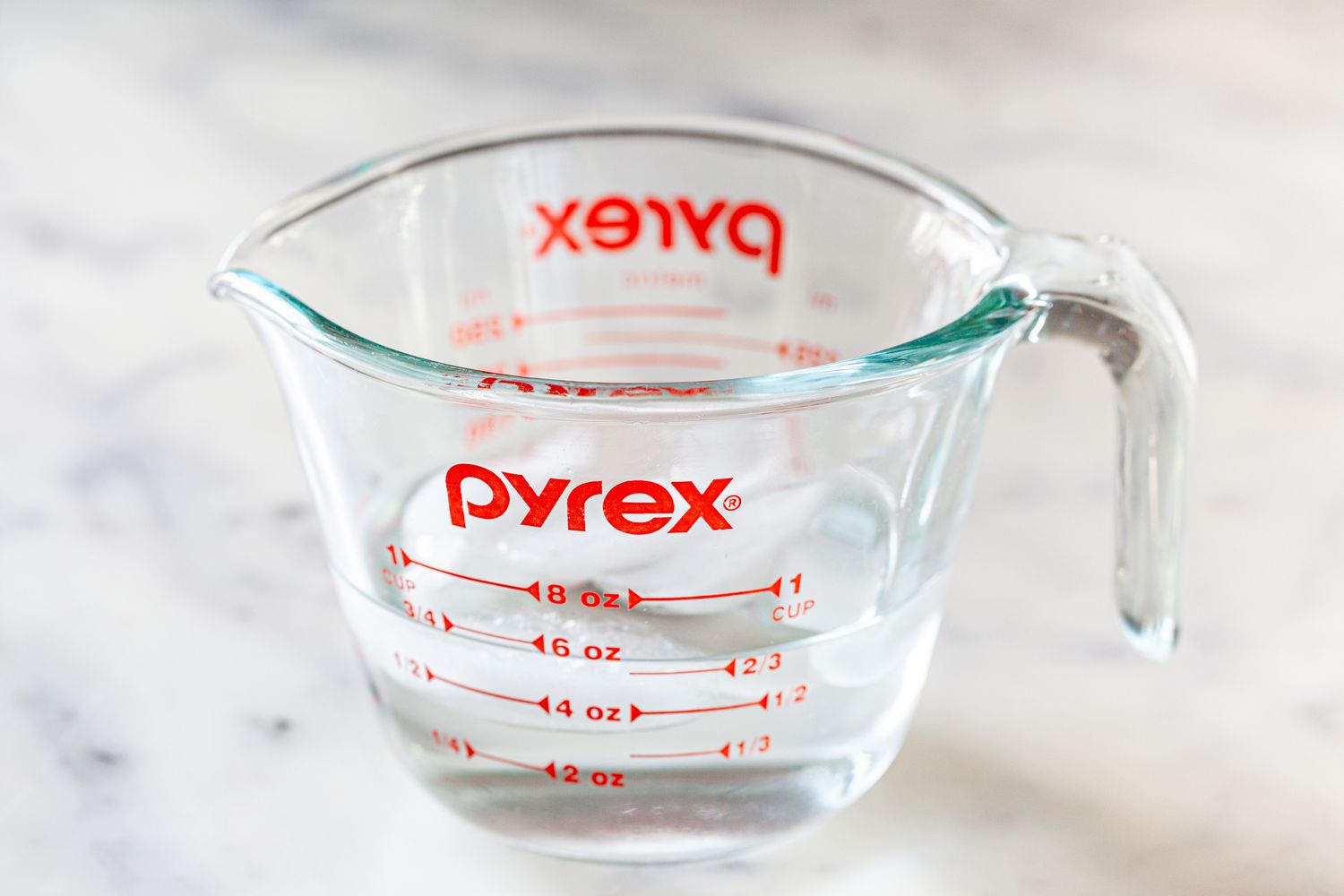

0 thoughts on “What Temperature Can Pyrex Glass Withstand”